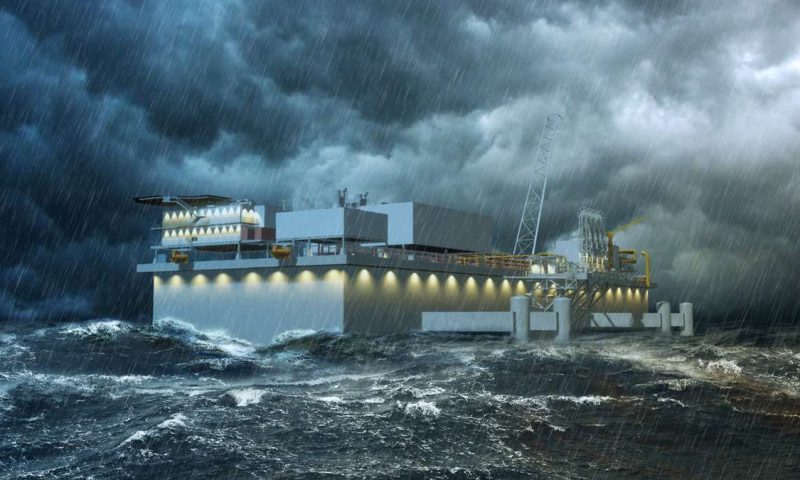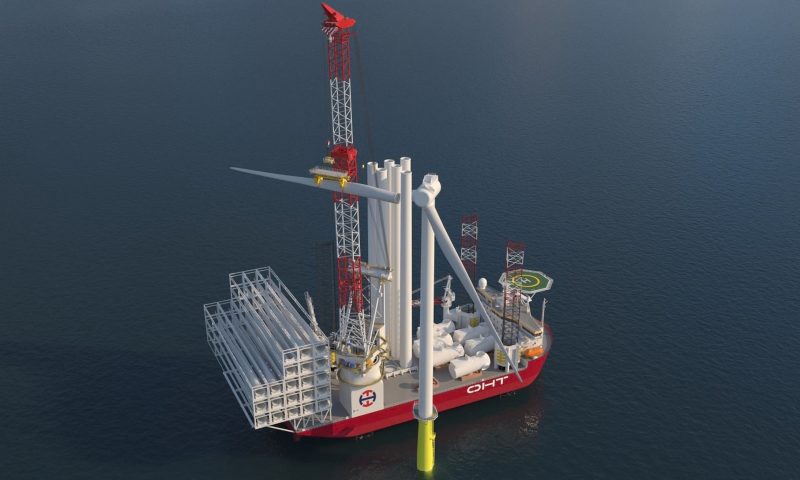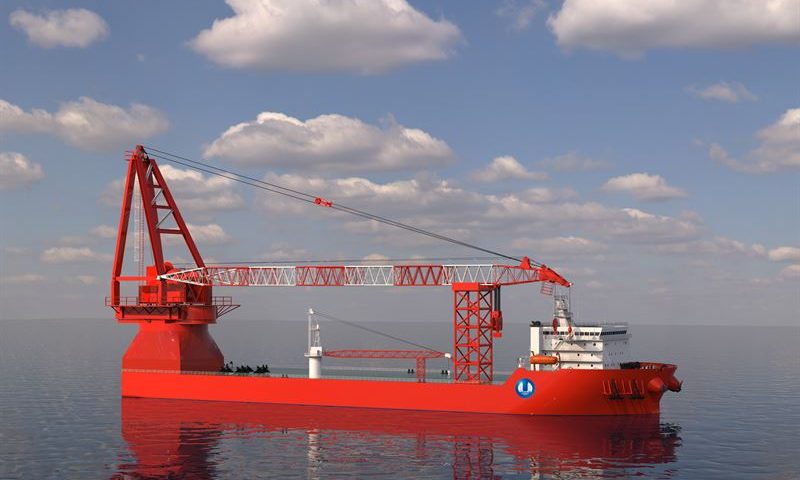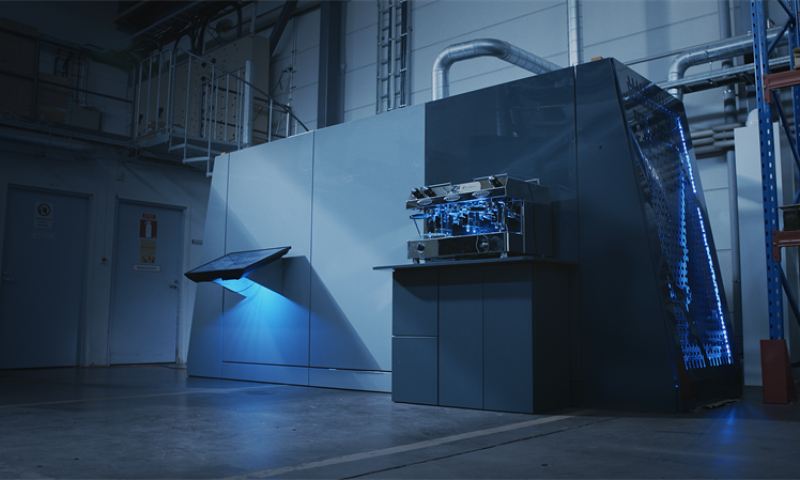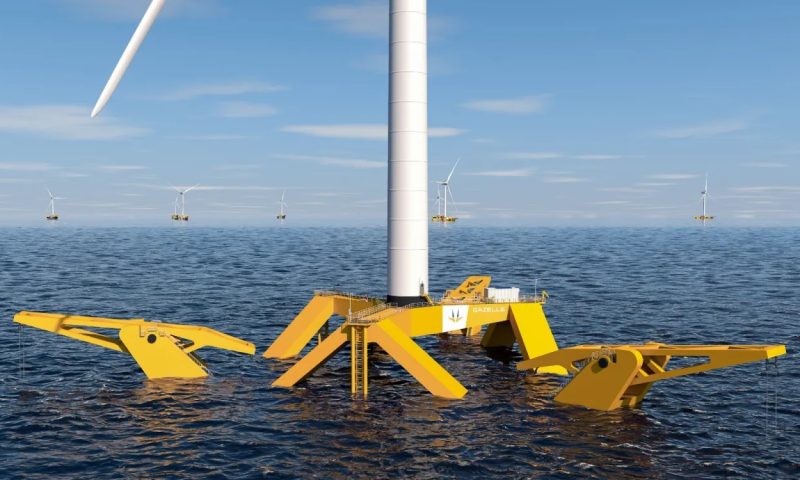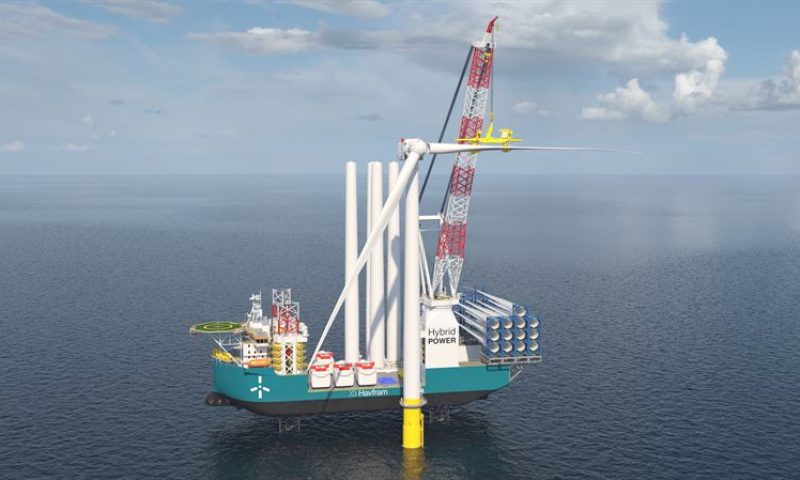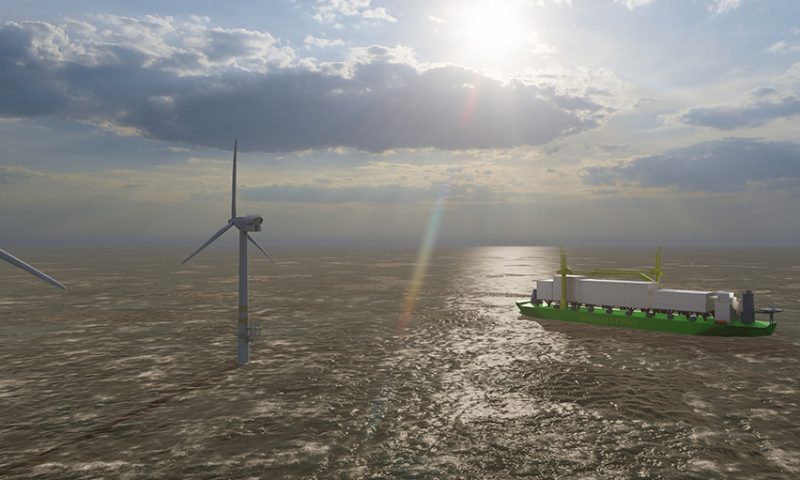
Wärtsilä powers up Keppel O&M’s next-gen Floating Living Lab
As a pioneer in the sector, Wärtsilä has gas engines that can run on up to three per cent hydrogen, a figure that rises to 25 per cent after certain modifications. These sustainability efforts have not gone unnoticed by customers, who support Wärtsilä’s efforts to put a constantly decreasing level of carbon dioxide into the atmosphere.
This year, Wärtsilä will be marking a significant milestone on its decarbonisation path by powering up an offshore floating testbed in Singapore. The customer in this next-level project is Keppel Offshore & Marine (Keppel O&M), a world leader in providing total solutions to the offshore, marine and energy industries.
Keppel O&M is leveraging its expertise in reducing carbon emissions and optimising energy consumption for marine vessels by exploring zero-carbon fuels, electrification, and various energy mixes. The Keppel O&M Floating Living Lab (FLL), located just off its shipyard in Singapore, is the ideal testbed for these solutions.
Greener power generation
The Living Lab has genuinely new and interesting features that push the boundaries of innovation. A floating barge with LNG bunkering facilities for harbour crafts and small vessels will house an energy storage system (ESS) and an embedded power generation system consisting of Wärtsilä’s engine generating sets. Together, the ESS and Wärtsilä’s system will power Keppel O&M’s operations, and the electricity generated by Wärtsilä’s engines can be exported to the national grid or stored in the ESS.
Tan Leong Peng, Managing Director of New Builds at Keppel O&M, believes that through the FLL, Keppel O&M can spearhead the development of cleaner energy solutions for the marine sector, such as low-carbon and zero-carbon fuels, and electrification.
“We are leveraging our engineering expertise, bunkering experience, and research capabilities to support the decarbonisation of the marine industry,” says Tan. “There are multiple routes to reduce the carbon emissions of vessels and Keppel O&M is collaborating with partners to explore zero-carbon fuels such as ammonia. Through the FLL, Keppel O&M will also testbed other solutions, such as Singapore’s first ESS and electric vessel charging infrastructure.”
Start your engines!
For this ambitious project, Wärtsilä is providing two Wärtsilä 34SG engines, which can run on a blend of hydrogen and natural gas. In such case, the hydrogen is blended into the natural gas before feeding the fuel mix into the engine with combined output of 11.6.MW. The engine’s performance can be guaranteed when using three per cent hydrogen, but there is also a target to reach a blending ratio of up to 25% hydrogen.
Starting with a small percentage with a view to expand the share considerably in the future is currently the right move, believes Nicolas Leong, Director of the North & Southeast Asia market at Wärtsilä Energy. “It makes sense to start small and upgrade later. Even if you did make it 100% hydrogen, there’s no market for it yet,” he says.
Hydrogen wins the day
Keppel O&M’s sustainability efforts fall under its Keppel Vision 2030 framework, which includes efforts to seize opportunities in new energy, such as hydrogen. The Singapore company is constantly looking for future-proof solutions and engines with overall efficiency, and the capability of combusting hydrogen blends was an interesting proposition for Keppel O&M.
Leong explains that the Wärtsilä generating sets will use the boil-off gas and LNG from the LNG storage tank onboard the FLL for power generation. “Our focus is on developing competences for greener fuels,” he says. “Recently, our solutions for incorporating sustainable fuels, such as hydrogen, have raised solid interest among our Asian customers for innovative projects such as precisely this one.”
Sustainability with flexibility
Hitendra Shetty, Business Development Manager at Wärtsilä Energy, points to hydrogen having been a key focus area for Wärtsilä for quite some time now. “We are putting more and more emphasis on hydrogen related research and development and making considerable progress all the time,” he says.
Because hydrogen contains no carbon, its combustion releases zero carbon dioxide emissions. In the energy sector, it is anticipated that (carbon-free) green hydrogen will deliver seven per cent of the global energy demand by 2050. Leong and Shetty point out that, among customers, there is concern about choosing the right path. Of course, nobody wants to invest in technology that will be obsolete in five years. “Maintaining flexibility is very important right now and that’s what we are accomplishing with our blended fuels,” says Leong.
According to Leong, the FLL project brings together two like-minded pioneers. “Starting progressive new things must not be postponed to some later time,” he says. “The pathways to a greener future are being mapped out today. Wärtsilä wants to be an important innovation partner for Keppel O&M and Singapore now and in the future – and we have proven that we can deliver on our promises. With Keppel O&M we have earlier partnered in several marine projects.”
Riding the wave
Leong and Shetty say that the green transition is well on its way, and Wärtsilä is spearheading it both on marine and energy markets. “We’ve just barely seen the tip of the iceberg,” says Leong. “There’s so much more to discover. We’re making these moves now, so that we will be ready when the market is ready. Singapore has always been a place where you can see innovation and new technologies being tested and implemented. It’s great to be part of this continuation and to contribute to a more sustainable tomorrow.”





